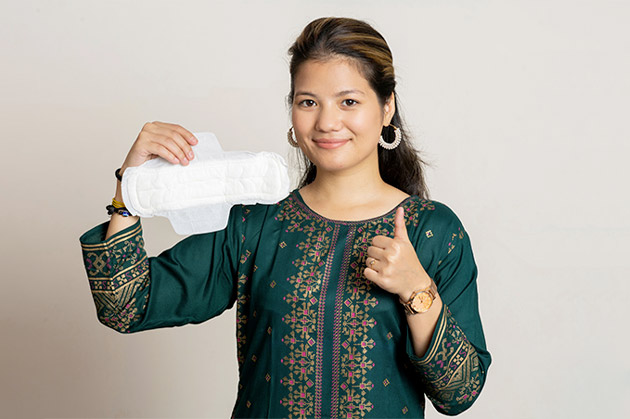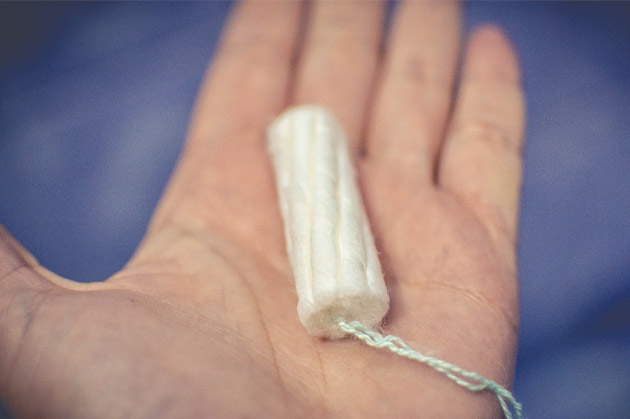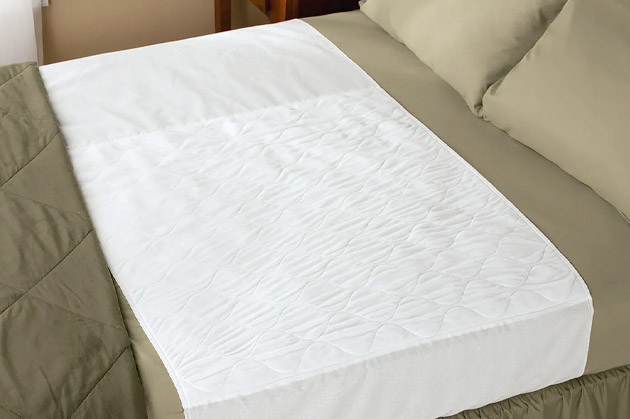Best Products to Help With Urinary Incontinence in Adults
Incontinence is a frequent condition caused by issues with the muscles and nerves that assist the bladder in holding or releasing pee. When you cough or sneeze, you may leak urine. Or you may have an urgent need to use the restroom but are unable to do so in time.
Your health and the health of your loved ones are top priorities in your life. If you or a family member suffers from incontinence, these adult incontinence products can be extremely beneficial. They can help you avoid embarrassing accidents, simplify your life, and boost your confidence.
Leak-Preventive Pads
While women grow up wearing pads for their menstrual cycle, men find the concept strange and disturbing. However, these incontinence products can be really beneficial. They can help you avoid leaking on your clothes, regulate odour, and avoid skin discomfort. Furthermore, knowing you’re safe can give you a sense of security.
Of course, there are so many options of adult incontinence products that you might not know where to begin. The best option is determined by your symptoms. If you only have minor leaking or dribble, a drip collector (an absorbent padded sheath that wraps around the genitals) may suffice.

In moderate cases, an incontinence pad put inside the underpants and secured with an adhesive strip may suffice. If you have more serious incontinence, you may require another type of protection, or an additional pair of absorbent underwear. Some briefs are washable, while others are not. If you’re unsure about which type will work best for you, consult your doctor. It may take some trial and error to locate an incontinence product that works and feels comfortable for you.
External Catheters for Men
External catheters for male incontinence, unlike hospital catheters, are silicone or latex devices that go over the genitals rather than into the urethra. They’re often applied as other male contraceptives. The urine is directed into a drainage bag via a tube. Some males use these devices just at night when they aren’t able to consciously control their urge. Remember that it’s critical to have the appropriate fit and follow the manufacturer’s directions to avoid leakage.
Urinals and Other Toilet Alternatives
When going to the bathroom is impossible, plastic urinals can be of great assistance to men with incontinence. These are plastic containers into which an adult can urinate. They may be especially useful if you get the urgency and find it difficult to go to the bathroom quickly enough. Keep one near your bed and another in your car in case you get caught somewhere without a restroom.
Intravaginal Implants
Intravaginal devices are another kind of incontinence products intended to support the bladder and neck and reduce stress urine incontinence. They are less effective in women who have mixed urine incontinence. They are available in both single-use disposable and reusable forms. These can be difficult for some women to wear, and they can cause discomfort, bleeding, and infections.

Tampons for Women
Tampons are traditionally used to stop the menstrual flow, however, some women also use them to treat stress urinary incontinence. Because of Toxic Shock Syndrome, NICE recommendations do not advocate this as a long-term alternative, however, it is suitable for short-term use. To avoid suffering Toxic Shock Syndrome, use the lowest absorbency feasible.
Clamps for Men
Penile clamps, sometimes known as “external compression devices,” may sound unpleasant, but they can make a significant difference for certain men. A modest amount of pressure applied to the genitals might temporarily seal off the urethra, preventing leaks. The section that wraps around the penis is made of soft foam and should be comfortable. These devices are not suitable for everyone, so consult your doctor. Excessive use may result in circulation issues, skin irritation, and strictures. They’re usually only meant to be used for a couple of hours at a time.
Bags for Drainage
These are simply the plastic bags that would be attached to a catheter. Larger ones are referred to as “bedside bags,” and they are hung near the bed. Smaller ones can be worn on the body, with straps linked to the abdomen or leg.
Chair Covers and Bedding
Bedding and chair covers are absorbent pads used to protect your furniture, bed, or vehicle seat from becoming damp, discoloured, or smelling bad. Both washable and disposable protectors are available, and both are produced from the same materials as incontinence pads. Some companies will provide you with free disposable samples to try or as a bonus item with your normal continence/urology/bowel medical gadgets and incontinence supplies.

What Factors Contribute to Urinary Retention?
Urinary retention is caused by two primary factors: obstruction of urine flow through the urethra, and bladder muscle weakness. Other causes could be a lack of urine in the bladder, produced by going to the toilet too frequently as a side consequence of an overactive bladder or in an attempt to manage incontinence. Or a learned voiding dysfunction, such as a dread of using the toilet or going to public restrooms.
The most common reason for difficult urinating in males is a blockage caused by an enlarged prostate that restricts the bladder outflow. An anterior prolapse/bladder prolapse, which can distort the urethra and limit urination, is a common reason for difficulties urinating in women.
Urinary Retention Symptoms
Urinary retention symptoms are not usually visible, however, they may include hesitancy, needing to strain to pass urine. Strong feelings of urgency and frequency are common too, and an extremely weak and intermittent urine stream comes through.
There is a chance that the leftover pee in your bladder can become contaminated if your bladder is not emptying properly. If it is not removed regularly, it may cause additional troubles and problems. If you have any of the aforementioned symptoms, you must get medical attention and consult your doctor.